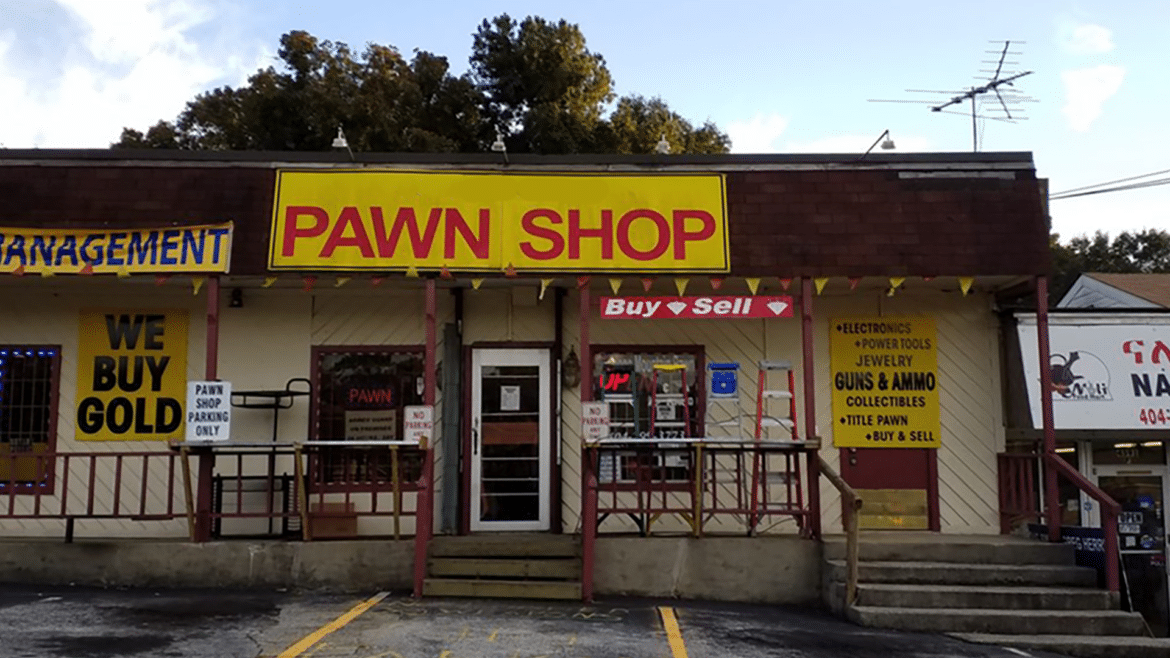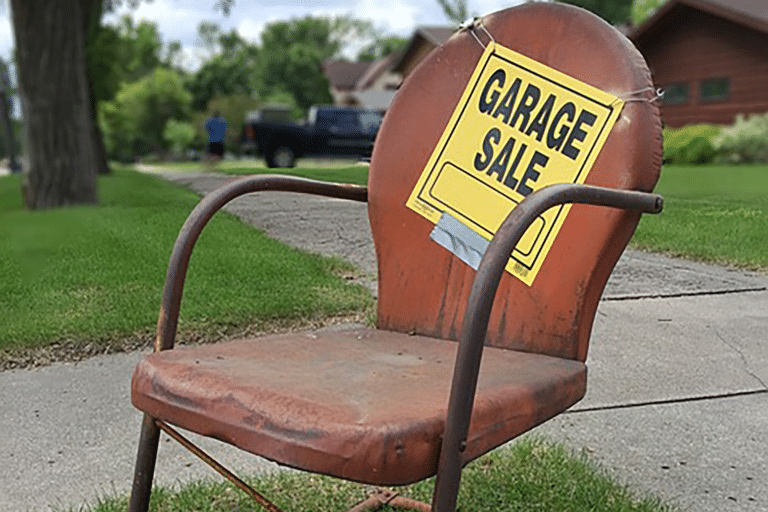Key Takeaways
- Budgeting is Your First Step to Success: Begin your home buying journey by determining what you can afford. Aim to spend about 28% to 31% of your take-home income on housing to ensure comfort and financial stability.
- Prequalification: Your Passport in the Home Buying World: Getting prequalified early gives you a clear budget framework and shows sellers that you’re a serious buyer, setting you apart in the competitive market.
- Finding the Right Loan for You: Like choosing the perfect home, there’s a perfect loan for everyone. I’m here to help you navigate through the various options to find a loan that fits your life like a glove.
We’re here as your trusty guide on the exciting journey of homeownership. If you are a first time homebuyer – congratulations on taking this amazing first step into building true wealth and finding a place to call your own! If you’ve been through the home financing process before, you know how much of a difference an experienced loan officer and top-notch customer-service can make.
I know the home loan process might seem like a maze, but together, we’ll navigate it step by step and set you up for a simple and successful home buying experience.
Step #1: Setting Your Budget
Let’s start with a heart-to-heart about what you can comfortably afford. It’s all about balancing dreams with practicality.
When it comes to your home payments, a golden rule is to keep them at a comfortable percentage of your take-home income. Typically, aiming for about 28% to 31% is a sweet spot. This way, you can enjoy your lovely new home without stretching yourself too thin.
If you’re looking for an easy way to find out exactly how much home you can afford, just reach out! My team can look at your income and debts to find the number that fits your lifestyle. Remember, buying a home should bring you comfort, not worry.
Starting your journey with crunching those numbers will set you up for a cozy, financially happy home life!
Step #2: The Magic of Prequalification
Getting prequalified is your first major step in house shopping. It’s quick, easy, and gives you a clear view of what’s possible.
This step is crucial – it paints a clear picture of your budget and shows sellers that you’re serious. Imagine walking into open houses knowing exactly what you can afford – it’s empowering! It’s more than just numbers; it’s about giving you the confidence to shop for homes within your means.
So, before you start browsing real estate listings, let’s get you prequalified and shore up your daydreams of a place to call home with confident, informed decisions.
Step #3: Personalized Consultation to Match You with Your Perfect Loan
Just like picking the right home, there’s a perfect loan for everyone. Let’s find yours!
There are lots of loan types out there, each with its own perks and personality. Whether you’re eyeing a fixed-rate for stability, a longer term for more affordibility, or something tailored to first-time buyers, I’m here to help you find your match.
We’ll to get to know your situation and goals and explore your best loan options together, ensuring you get a loan that fits your life just right – comfortable, supportive, and perfect for your home buying journey. Let’s find that loan that makes you say, “This is the one!”
Step #4: The Home Appraisal Adventure
This step ensures your dream home is valued just right – a crucial piece of the puzzle.
A 3rd party appraisal determines the value of the property you’re eyeing. It’s a crucial step to ensure you and the lender know the home’s true worth. Think of it as a treasure hunt, where the prize is knowing the real value of your potential new home.
We’ll be here to help you understand the process and what it means for your home buying journey. Let’s discover the true treasure of your dream home together!
Step #5: Sailing Through Documents
Application time gets really easy with Milend! You can start your application process by contacting us here, and we’ll match you with a top-rated loan expert who will be beside you at each step, helping with every form and document.
To start, you’ll need to gather up some key documents like W2s or 1099s, paystubs, bank statements, and a few other bits and bobs. But don’t you worry, we’ll be right beside you, guiding you through each form and ensuring everything is shipshape.
It’s all about getting those details right so your loan process flows smoothly and you close on your new loan faster!
Step #6: Finalize Your Paperwork – Almost There
Finalizing your paperwork is the last big step before you get the keys to your dream home. It might feel a bit overwhelming, but think of it as dotting the i’s and crossing the t’s on your home-buying journey.
Our team will ensure every document is perfect and every detail is in place. Let’s get those papers signed, sealed, and delivered. Your dream home is just around the corner!
Step #7: Behind-the-Scenes Action
While your loan application is being processed, think of it as the elves in the workshop, making everything ready for you.
Prior to closing, your underwriter will verify details about your identity, credit history and financial situation, including your income, employment, cash reserves, investments and debts before your loan can be approved and funded.
They’re checking that list twice to make sure everything is perfect and you don’t end up with an uncomfortable fit in your home financing.
Step #8: The Joy of Moving In
The moment you’ve been waiting for – turning that house into your very own home.
This is where all the planning, decision-making, and anticipation pay off. As you open the door to your new home, it’s not just a house you’re entering, but a new chapter full of memories waiting to be created. I’m beyond thrilled to have been part of your journey to this special day.
Now, go ahead and fill your home with love, laughter, and endless joy. Welcome home!
Wrapping Up
Navigating the home loan process can be a journey full of twists and turns, but with a little guidance and a lot of heart, it’s a journey that leads to your dream home. And I’m here to walk every step with you.
Thinking of starting this adventure? I’m just a message away. Let’s turn that dream home into your real home!

Guide to Owner Financing for Home Buyers
Read more...













